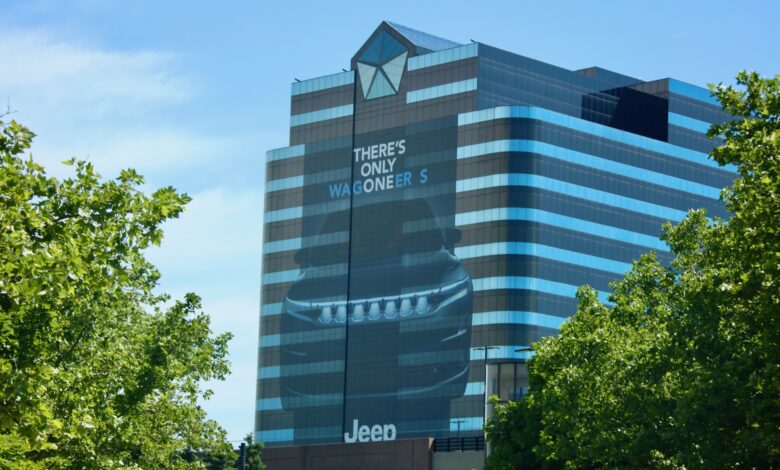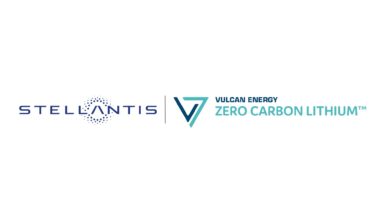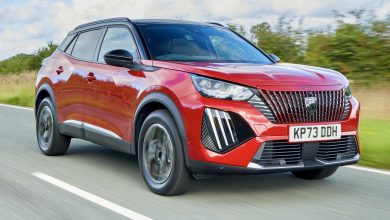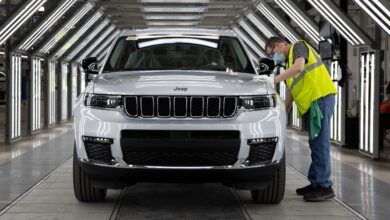Stellantis Pays $190.7 Million in Fuel Economy Penalties
Automaker Invests Heavily in EVs Amid Compliance Costs...

According to Reuters, the National Highway Traffic Safety Administration (NHTSA) recently disclosed that Stellantis (FCA US, LLC) paid $190.7 million in civil penalties for not meeting U.S. fuel economy standards for the 2019 and 2020 model years. The NHTSA, which oversees the Corporate Average Fuel Economy (CAFE) program, revealed these penalties on a government website.
Background on the Penalties –
Stellantis incurred these penalties before the company was officially formed in 2021, following the merger of Fiat Chrysler Automobiles (FCA) and the PSA Group. The company stated that these penalties do not reflect its current direction. Stellantis is investing over $54.4 billion globally to develop and produce electric vehicles (EVs), with plans to launch about two dozen models in the U.S. by 2030.
The company plans to have five all-new, all-electric models available by the end of this year. These models include the Ram ProMaster EV, Jeep® Wagoneer S, Dodge Charger Daytona, Jeep Recon, and Ram 1500 REV.
Previous Penalties and Future Expectations –
This is not the first time Stellantis has faced significant fines for fuel economy standards. In 2023, the company paid a record $235.5 million for the 2018 and 2019 model years and an additional $156.6 million for the 2016 and 2017 model years.
In March 2022, the NHTSA reinstated a significant penalty increase for automakers whose vehicles do not meet fuel efficiency standards for the 2019 model year and beyond. This change nearly tripled the penalties, encouraging better compliance with fuel economy rules.

Future of Fuel Economy Standards –
The NHTSA’s proposal to raise fuel economy standards through 2032 initially projected that the auto industry could face $14 billion in fines over five years. This included $6.5 billion for General Motors (GM), $3 billion for Stellantis, and $1 billion for Ford.
However, under the finalized rules announced last month, the total expected fines for the auto industry from 2027 through 2031 have been significantly reduced to $1.83 billion. The NHTSA stated that the fines could be as low as zero, depending on how well automakers meet the new standards.
Biden Administration Awards Stellantis $584.8 Million –
Despite the penalties, the Biden administration has awarded Stellantis a total of $584.8 million to modernize its facilities for EV production. The company will use $334.8 million to convert its shuttered Belvidere Assembly Plant in Illinois. This conversion will enable the plant to build EVs like a new mid-sized electric pickup, breathing new life into the facility and creating new regional jobs.
Additionally, Stellantis will receive $250 million to revamp its Indiana Transmission Plant in Kokomo, Indiana. This investment will shift the plant’s focus to producing EV components, an essential step in expanding Stellantis’ EV offerings.
Source: Reuters






5 replies
Loading new replies...
Join the full discussion at the Mopar Insiders Forum →